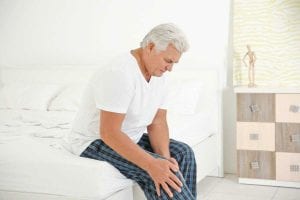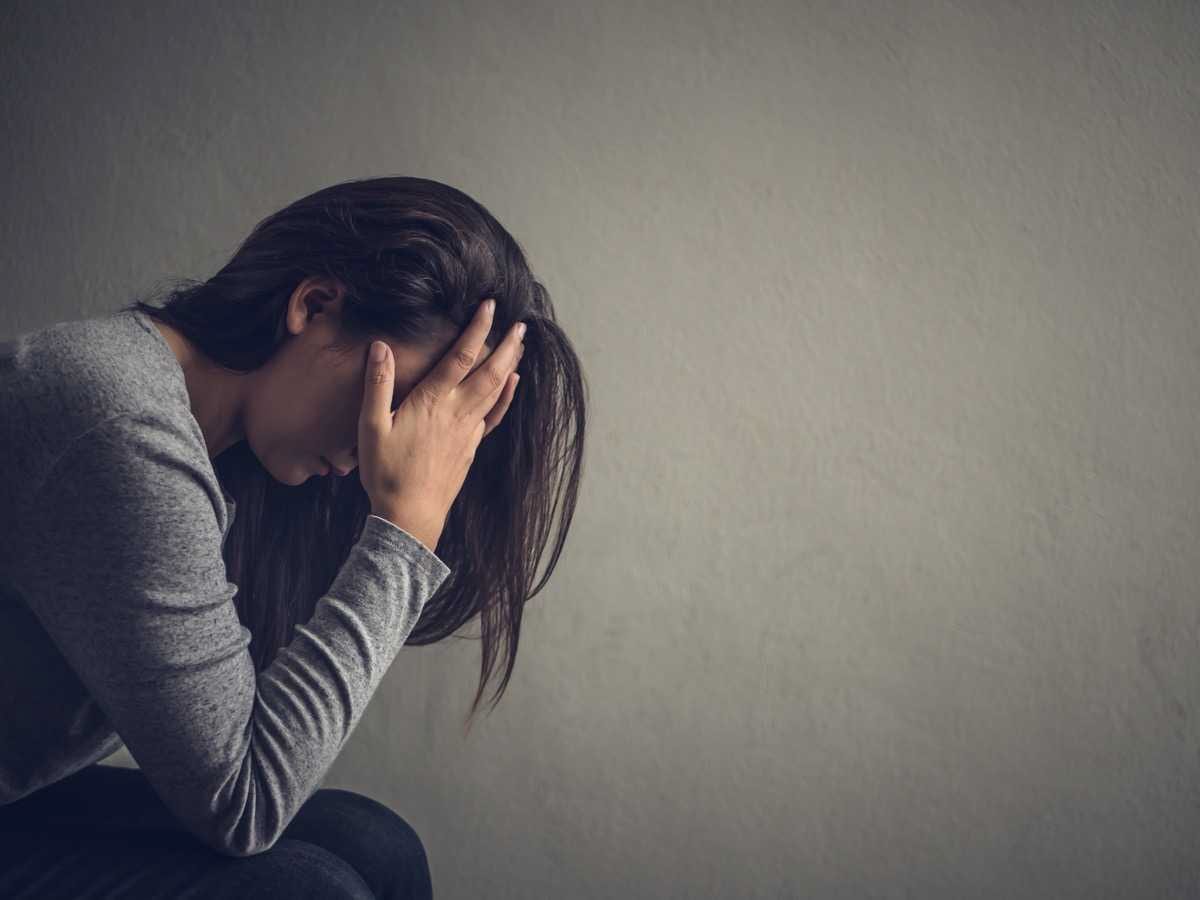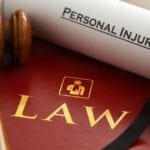Recovering Compensation for Losses that Don’t Appear on Bills or Paystubs by Proving Pain and Suffering
You can’t prove pain and suffering in a Colorado injury lawsuit just by pointing to medical bills and paystubs. No piece of paper can put a value on not being able to play with your kids. No receipt will show how difficult it is to do the basic tasks you used to take for granted. No document reflects how your life was forever changed and how much you lost emotionally and psychologically because of someone else’s negligence.
But these losses are just as real as the medical expenses, lost wages, and the other more tangible damages that follow in the wake of a car accident or other injury-causing incident. Colorado law recognizes that injury victims should receive compensation for the pain and suffering they experience after an accident.
But proving the value and extent of those damages can be a complicated task. Having a skilled and experienced Colorado personal injury lawyer on your side who can put together the strongest possible case by showing the extent of those difficult-to-prove damages will help get you all the compensation you deserve.
You Might Be Interested In: Am I A Good Candidate To File A Personal Injury Lawsuit In Colorado Springs?
http://blog/file-a-personal-injury-lawsuitWant to Prove Pain and Suffering? First, Know What They are in a Colorado Injury Lawsuit?
Damages recoverable in a Colorado personal injury lawsuit fall into two broad categories. “Economic damages” are those that reflect tangible, calculable losses – medical expenses, past and future lost earnings, property damage, and other types of costs that typically appear on bills, receipts, or other documents.
“Non-economic damages,” also called “non-economic loss or injury” under Colorado law, are for intangible damages, including pain and suffering, inconvenience, emotional stress, and impairment of the quality of life.
Colorado Places Caps on Pain and Suffering Damages
While there’s no limit on the amount of economic damages an injury victim can recover in a lawsuit, Colorado places caps on how much they can obtain for non-economic losses.
For causes of action that accrue after Jan. 1, 2020, Colorado law caps non-economic damages at $613,760 unless the plaintiff can prove by clear and convincing evidence that the amount should be higher in the interest of justice. In no circumstances, however, can non-economic damages exceed $1,227,530. Different limits apply to medical malpractice claims, Dram Shop actions, and other specific types of injury cases.

How Can You Prove You Are In Pain And Are Suffering?
Evidence You Need to Prove Pain and Suffering Damages
You may not be able to show a judge or jury a photograph of your pain and suffering like you could show an x-ray or CT scan, but there are plenty of ways you can demonstrate how the pain and suffering you experience makes itself known in your daily life. Your attorney can assemble evidence that shows how your pain and other physical and psychological issues limit your abilities and activities, and how your suffering affects your ability to enjoy life as you did before your injuries.
Medical records that document and reflect your physical pain can serve as compelling evidence to support your claims. So too can the testimony of your treating Colorado physicians who can share their observations and conclusions about your condition.
But physical pain, emotional trauma, and mental anguish are profoundly personal and largely subjective experiences. No two people feel exactly the same way or process their loss and grief identically. As such, words are often the best way an injury victim can effectively convey the depth of their suffering.
An injury victim can give jurors a vivid and powerful picture of how their injuries upended their life and that of those around them. They can describe how they feel. The victim can share daily examples of how their injuries are an inescapable presence and how much they have changed their life for the worse. They can expound on the struggles they face trying to do the kinds of simple things the rest of us might take for granted.
Similarly, family members, friends, or colleagues who are close to the injury victim can share their personal observations about the changes they’ve seen in the victim and the difficulties they’ve experienced since their accident to help prove pain and suffering.
Additional evidence which a victim can use to prove pain and suffering damages include:
- Photos of themselves before and after the injury
- Journals, diaries, or essays that contemporaneously describe their physical and emotional condition
- “Day in the life” videos that show what it’s like to live with the injury during an average day
- Testimony, statements, or letters from family and friends discussing the negative impact the injury had on the plaintiff
- Records or testimony reflecting psychological or mental health treatment
We Can Get You all the Compensation You Deserve for Your Injuries. Call Today for Your Free Initial Consultation
As experienced Colorado Springs personal injury attorneys, we understand the pain and suffering, struggles, and challenges that injury victims face after a serious accident. We fight tirelessly to get our clients the maximum amount of compensation available for their injuries. Please call us today to arrange for your free initial consultation.
Read More About Colorado Springs Injury Lawyers
If Someone Exposes Me to COVID-19 and I Get Sick, Can I Sue for Coronavirus?
How Long Do I Have to Sue for a Personal Injury in Colorado?
How Long After an Accident Injury Can You Get Your Medical Bills Paid?





